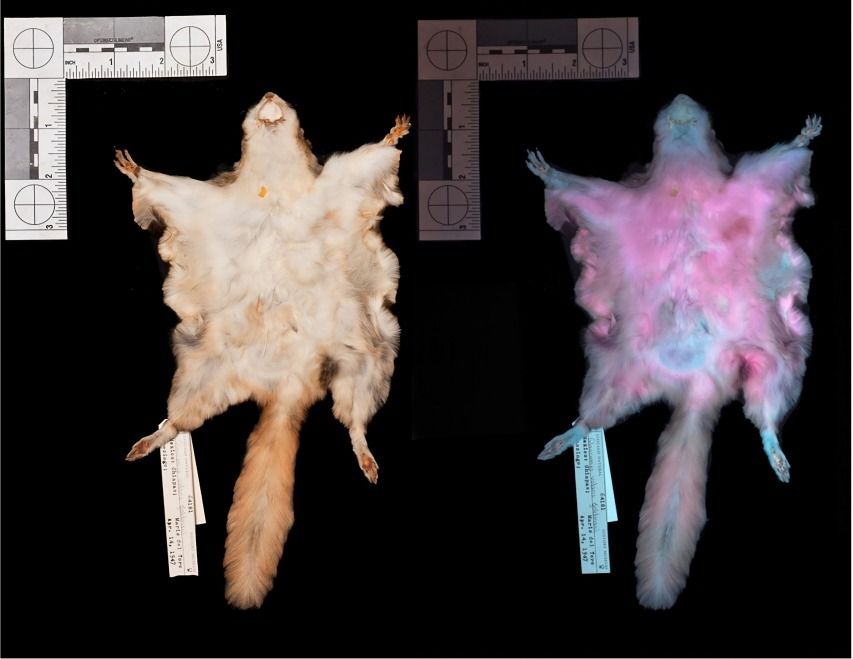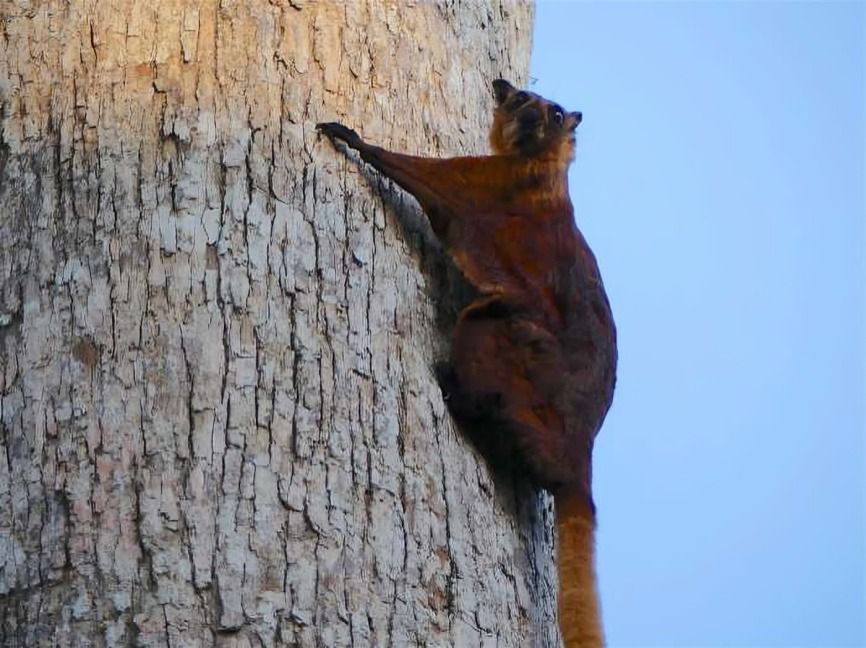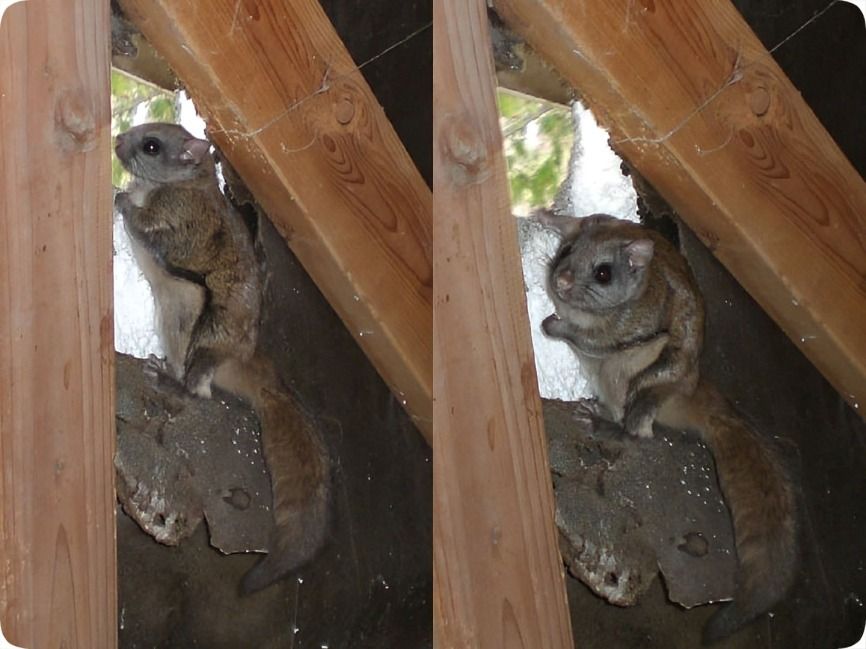
“
Flying squirrels, with their remarkable ability to glide through the forest canopy, are among nature's most intriguing mammals. Found in diverse habitats across the globe, these nocturnal creatures have captivated researchers and nature enthusiasts alike with their acrobatic skills and unique adaptations. In this article, we explore 20 fascinating facts about flying squirrels, shedding light on their behavior, anatomy, ecological importance, and the conservation efforts aimed at protecting these elusive creatures.1
1
”
Flying squirrels use a membrane called a patagium to glide, not actually flying but gracefully soaring through the air from tree to tree. They can glide over 150 feet in a single leap.1
These nocturnal creatures have large, expressive eyes adapted for navigating in low-light conditions, giving them exceptional night vision. Their keen sense of hearing also aids in detecting predators.2
The longest recorded glide by a gliding mammal is 450 meters (1,475 feet), achieved by a giant flying squirrel of the genus Petaurista. These large gliders, measuring up to 1.1 meters (3.6 feet) including the tail.3
Flying squirrels are omnivorous, with diets that include nuts, seeds, insects, and even bird eggs. They are known to cache food for later consumption, storing excess nuts and seeds in tree crevices or underground burrows. 4
During the breeding season, male flying squirrels compete for females through vocal displays and chasing each other through the trees. 5
Some species of flying squirrels are endangered due to habitat loss and deforestation. Conservation efforts focus on preserving their habitats and studying these elusive creatures.6

Researchers recently discovered that American flying squirrels fluoresce pink under ultraviolet light. This finding, reported in 2019, revealed that all American flying squirrels glow more on their undersides.
Flying squirrels play a crucial role in forest ecosystems by dispersing seeds. Their habit of burying nuts and seeds contributes to plant growth and diversity, making them a keystone species in many woodland environments.7
Capable of gliding at speeds up to 20 miles per hour, flying squirrels rely on their sensitive patagium to detect air currents and adjust their glide path accordingly. This membrane is highly sensitive, allowing for precise aerial maneuvers.8
In the wild, flying squirrels typically live for 5 to 6 years. However, with proper care and protection in captivity, their lifespan can extend up to 15 years, allowing them to enjoy a much longer and healthier life.9
Their gestation period lasts about 40 days, after which the female gives birth to blind and hairless young. Mothers nurse their offspring in nests until they are fully weaned and capable of venturing out on their own gliding adventures.10
Ninety percent of all flying squirrel species are found exclusively in Asia. This diverse range of species is adapted to various Asian habitats, from dense forests to mountainous regions, highlighting the continent's rich biodiversity.11

Some flying squirrels are larger than house cats. For example, the giant flying squirrel can grow to over 1.1 meters (3.6 feet) long, including its tail, making it one of the largest gliding mammals in the world.
They are territorial animals, marking their territories with scent glands located on their cheeks and feet. These glands emit pheromones that communicate reproductive status and territory boundaries to other squirrels.12
Flying squirrels can glide up to 300 feet and make sharp 180-degree turns. Their gliding is aided by a membrane between their limbs, enabling skilled maneuvers between trees and navigation through their forest habitats.13

As forests shrink, flying squirrels increasingly nest in human structures, with attics being a favorite. They likely mistake attics for tree canopies. While not intentional, this adaptation often causes problems for homeowners.
Flying squirrels don’t have wings; their patagia, or membranes, are skin flaps, not wings. These membranes are supported by cartilage spurs, which function like extra fingers, helping to catch the air and enhance their gliding ability.14
Flying squirrels have existed for approximately 160 million years. Their long evolutionary history reflects their adaptation to gliding through forests, showcasing their resilience and adaptability in various environments over millions of years.15
Female flying squirrels give birth to litters ranging from 2 to 7 young. They carefully raise their offspring in nests, providing warmth and protection. The mother’s care is crucial for the survival and development of the young squirrels.16
Flying squirrels inspired base jumpers with their gliding abilities. Their natural use of membranes to glide between trees influenced the design of modern parachutes and wingsuits, demonstrating how nature can inspire human innovations.17


